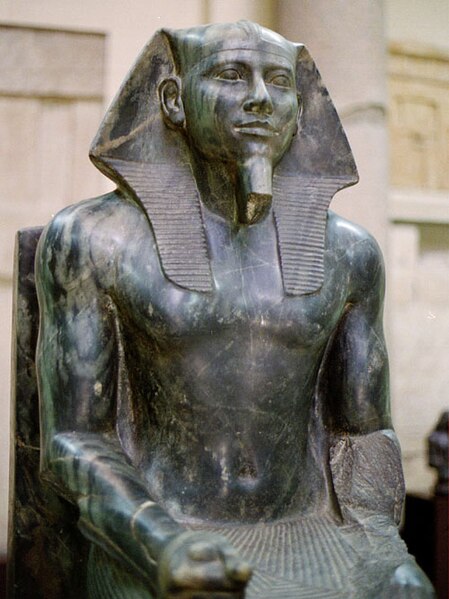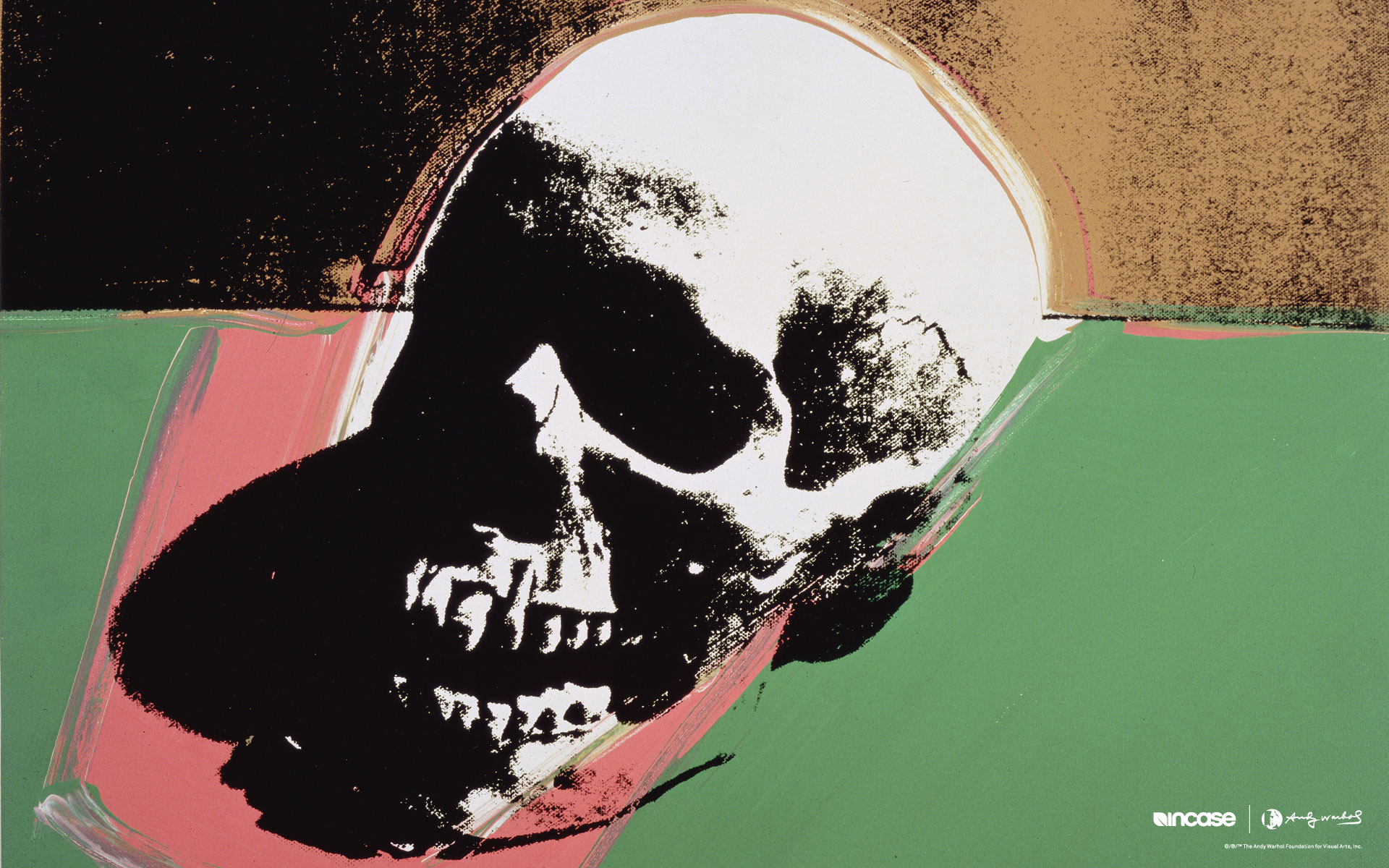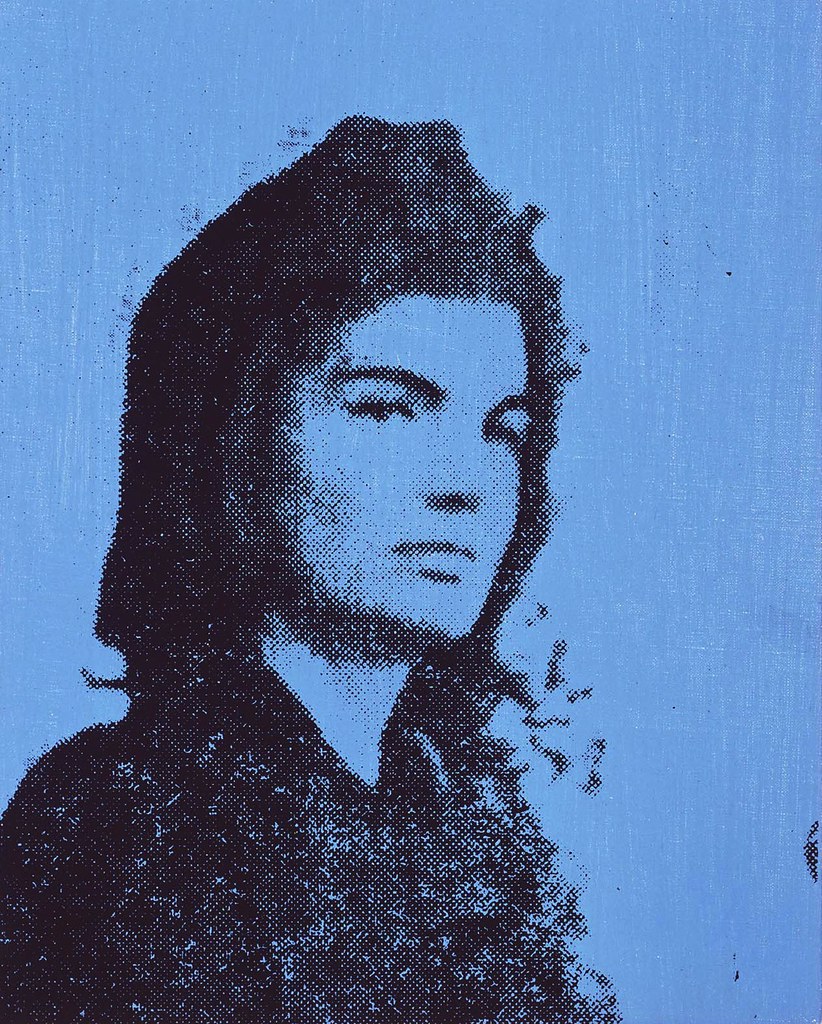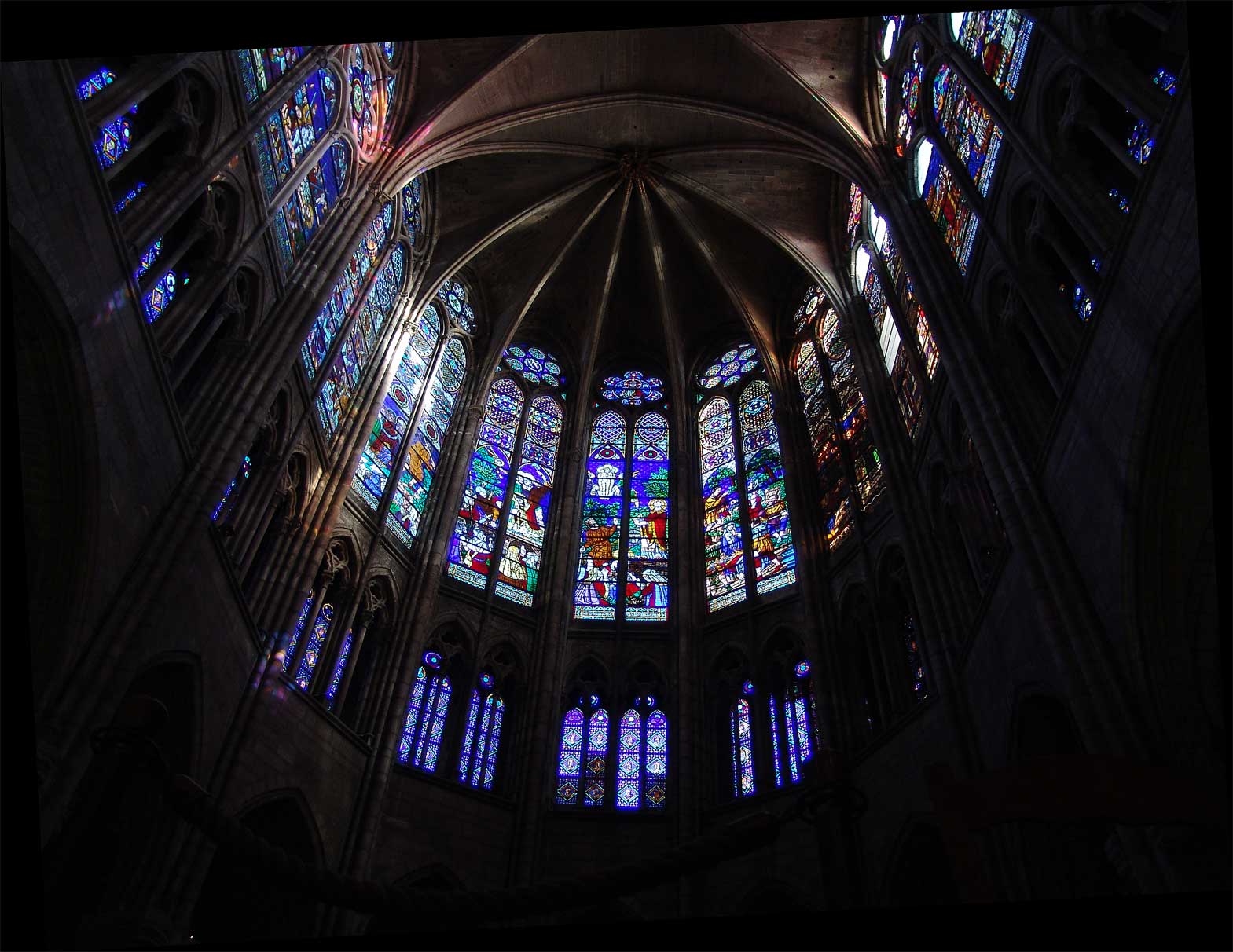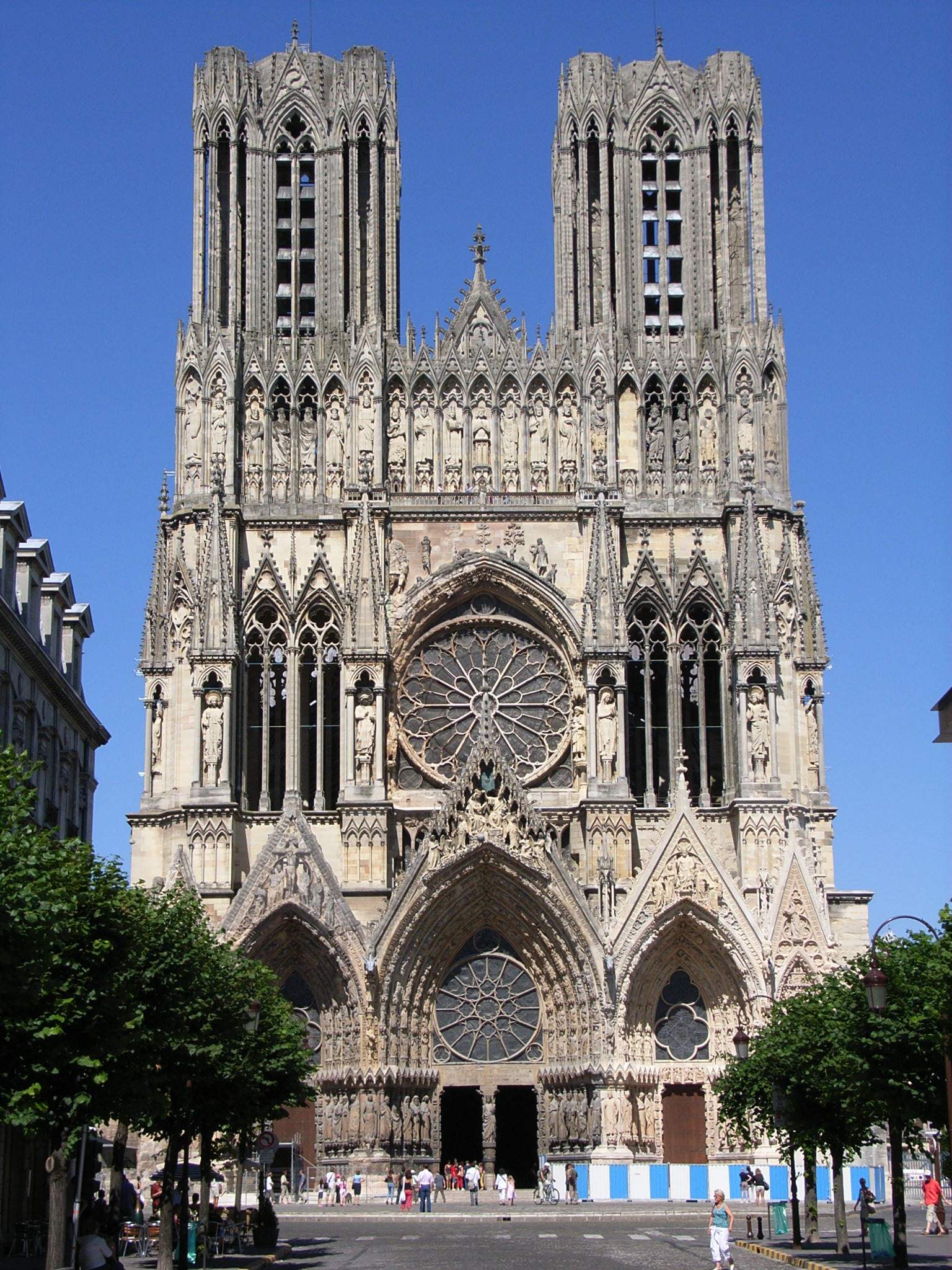Death. This chilling, enthralling, and inevitable process happens and has happened to every single human being on Earth. Despite our diverse customs, languages, history, food, and values, we are all linked together by the sudden ending of life. Many cultures, from the Egyptians to the Etruscans to Warhol’s pop culture 1960s, are fascinated with the spectacle of death and the grandeur of it all. In this article, we will explore what death meant to people across different time and space.
The Ancient Egyptians are most notorious for their emphasis on the afterlife and death. From Khufu in the 4000s BCE to Cleopatra in the 1st century BCE, Egypt was oriented around the brevity of life on Earth and the immortality of life in the Ka statue. The Ka was the life force of a person, the spirit that would inhabit the mortuary statue after death. Most statues were constructed for the Pharaoh or the elite; regular Egyptians could not afford the elaborate burial rituals. Another detail that hints at the importance of death was the materials that the Egyptians constructed their buildings out of. Regular structures such as houses and shops were usually made of mud brick or other cheap materials. By contrast, the important burial objects were made of limestone or expensive materials such as faience and diorite (northosite gneiss). A famous example of diorite is the Ka statue of Khafre, the builder of the second Pyramid at Giza. Diorite, an expensive medium that was incredibly difficult to carve, glowed a brilliant blue in the light, linking the Pharaoh (who was at the top of the social hierarchy) to Horus, the god of protection and the sky.
Finally, the Egyptians had elaborate burial processes for embalming the dead. Mummies were made by drying out the body, wrapping it in linen, and taking out the internal organs so they could be placed in canopic jars. It is said that the brain was pulled out of the body through the nose because it was considered unimportant (the heart was the most vital). The Egyptians truly believed the afterlife was of the utmost concern; this was also illustrated in the intricate Books of the Dead found in mortuary temples, mastabas, and underground burial shafts.
Tomb of Perneb, Metropolitan Museum, NYC
Next, the Etruscan civilization of Ancient Italy also valued the afterlife above earthly matters. Eretria was a wealthy region in central Italy, and it prospered from the 11th to the 1st century BCE because of the valuable metals mined there (i.e. copper, iron, and tin). Although no Etruscan temple survives completely intact, models show that the temples were similar to the Greek temples before them. The Etruscan temples had red columns (from Minoan civilization?), a pediment without sculptures in it, non-fluted doric columns that tapered at the end, a prominent portico (porch), and three cellas. The medium was stone, which contrasted to the ordinary building materials of wood, mud, and brick.

Tomb from Cerveteri, Italy
The Vikings, a Scandinavian group of firebrands, were active from 793-1000s in Europe. Known as fierce warriors, the Vikings conquered/plundered Iona, Paris, Iceland, Greenland, Ireland, Novgorod, and many other places. They wrote using Runes, twig-like letters of a Germanic language. To the Vikings, an element of fear (like the Egyptians) surrounded the burial rituals. If a soldier died bravely in battle, he was ferried off to Valhalla, a hall in Asgard that was presided over by Odin (a supreme god in Norse Mythology). If the dead were not properly buried, it was thought that the deceased would come back and terrorize those still living. Thus, when it could be afforded, bodies were either burned on a pyre or sent afloat on a Viking ship. The Viking ships were long, shallow, and ended in curly spikes that represented sleek sea serpents. This tells historians that the Vikings valued war and wanted to leave the Earthly realm in an entity associated with violence (the Vikings were known for being fierce seafarers). Adding to the theme of violence is the posts that were found on Viking ships. They were topped with long-necked, grotesque composite beasts that had bulging eyes, a snarling mouth, and intricate animal style patterns along the neck. Death was an escape to an even greater purpose—eternity in the halls of the gods and other brave men. Interestingly, ritual sacrifices often accompanied deaths (again, brutality). Girls were often sacrificed in the name of Odin and the story of Gudrun has even appeared on a Viking memorial stone in Gotland, Sweden; Gudrun served her children’s hearts to her husband.
.JPG)
Gotland Memorial Picture Stone
Finally, Andy Warhol and his Factory cult were obsessed with death in the 1960s. After he was shot in 1968 by feminist Valeria Solanas, Warhol’s art became increasingly oriented towards death. He started silk-screening disturbing images such as electric chairs, car crashes, and gaunt skulls; all were memento-mori’s referring to his near brush with death. However, Warhol’s images, while still poignant, have been altered by mass media and the commercialization of art during the 1960s. The pictures are grainy and separate the viewer from the real emotion of the scene (much like seeing emotions depicted in comic strips). The viewer sees, but does not feel the horror that that images are truly conveying. This reflected Warhol’s statement that mass media was the future, and the only way for everyone to get their “15 minutes of fame.” Thus, death was also reduced to a spectacle reported on by newscasters looking to make a profit on the story. Warhol was all about glamour and fatality only added to the mysterious nature of his image and the Factory. The Velvet Underground, Warhol’s band, even sang about overdosing because of Heroin, the drug he associated with the glittering, ephemeral world of celebrities. Sadly, Andy died because of complications during a gall bladder surgery in 1987 in New York City. Just for a fun fact, Andy Warhol’s real name was Andy Warhola, but he dropped the “a” to make his name sound more chic.








